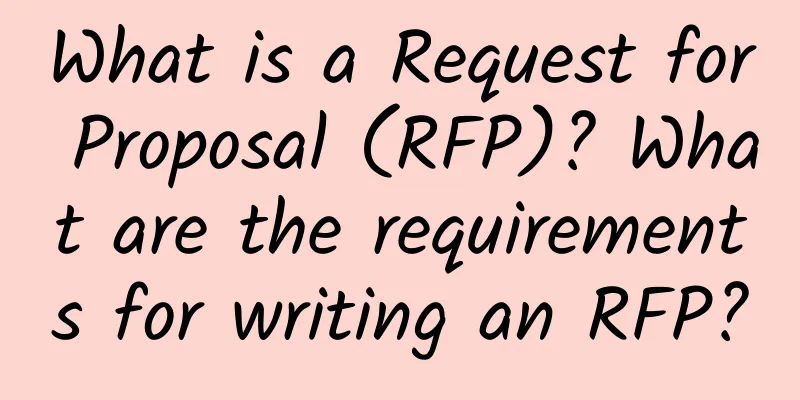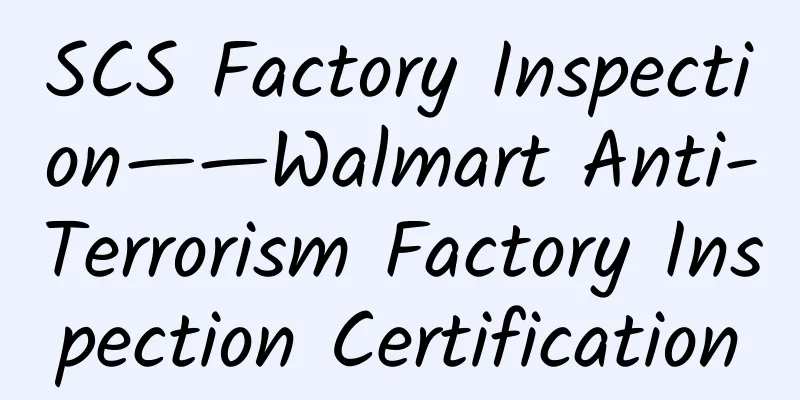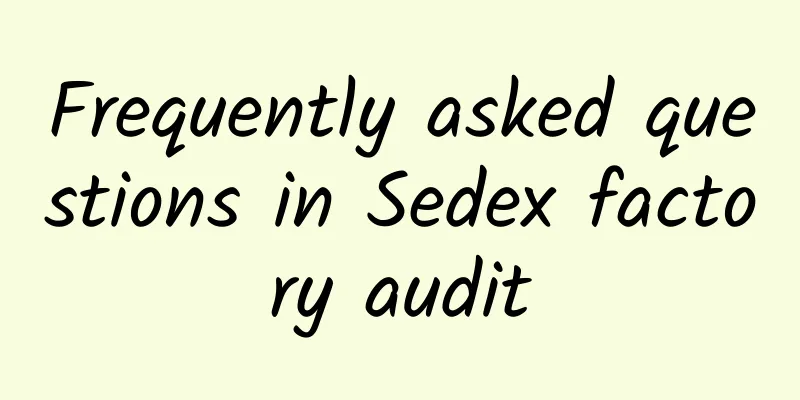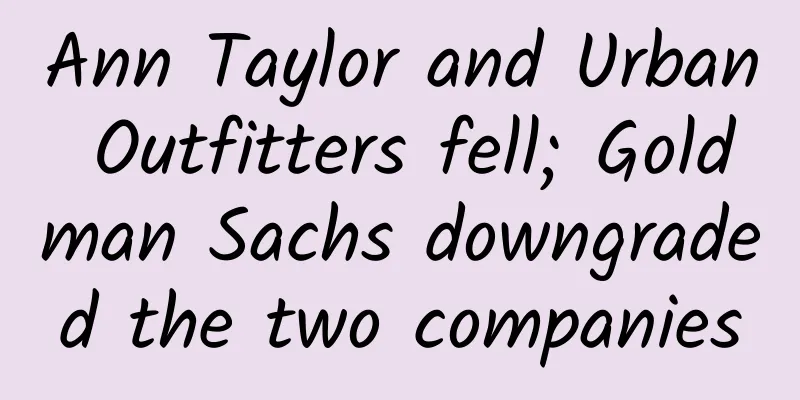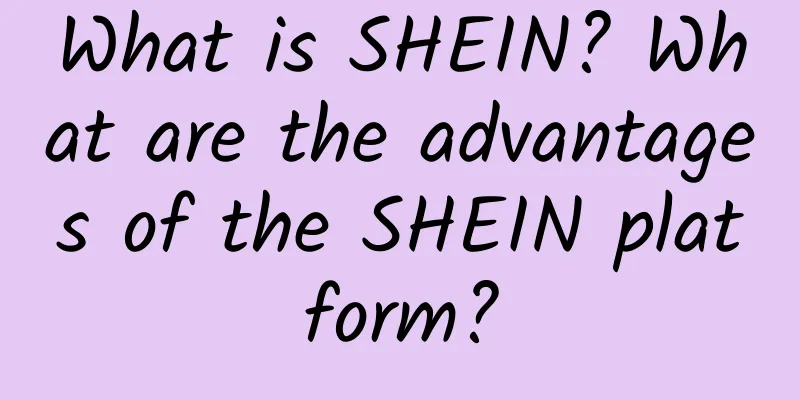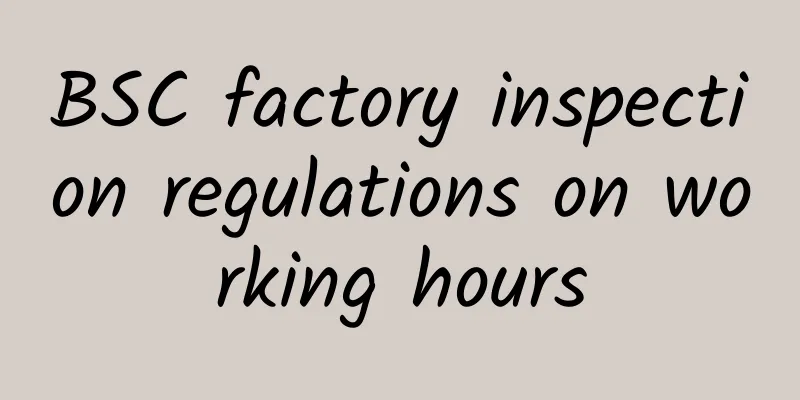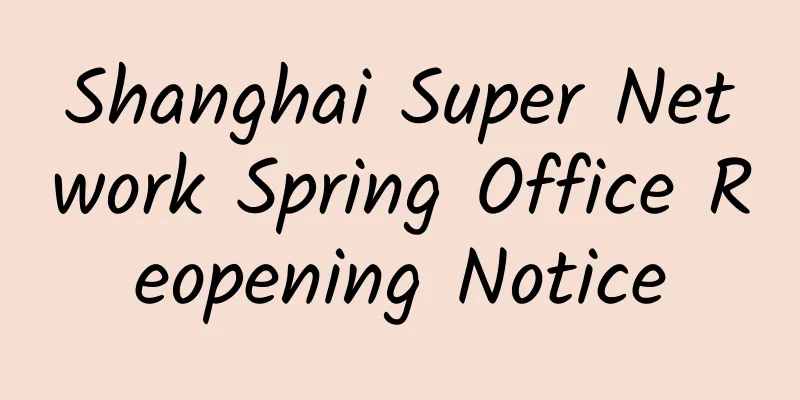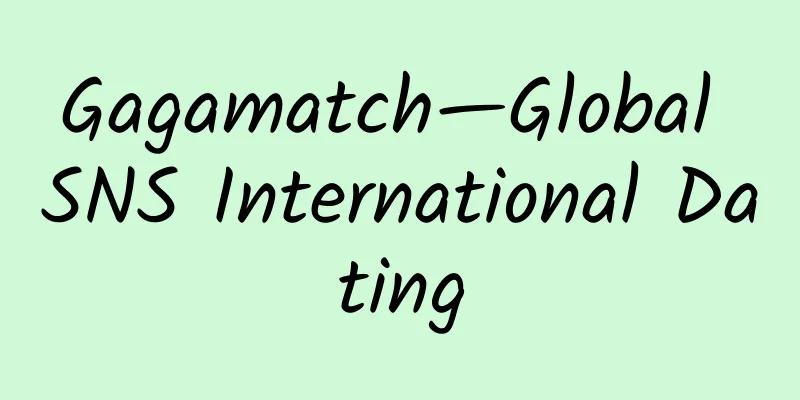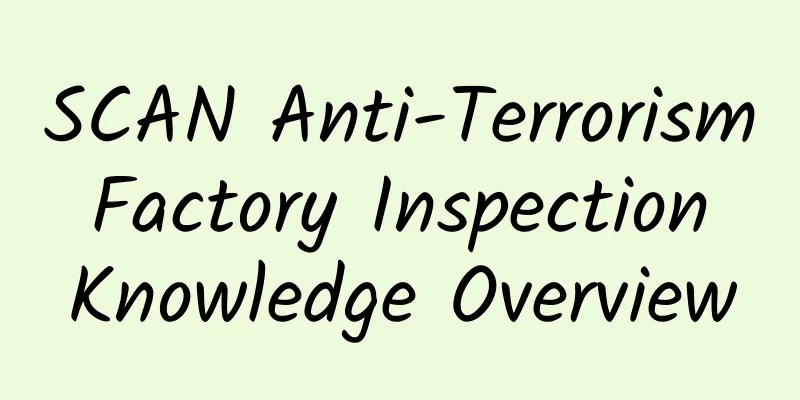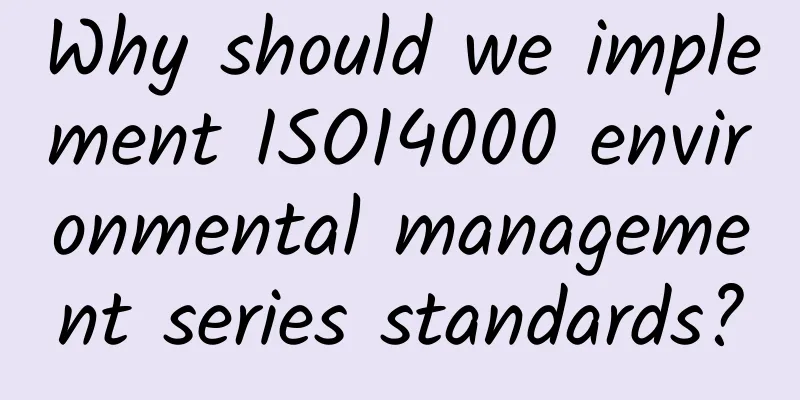What is an export license? What is the scope of application of an export license?
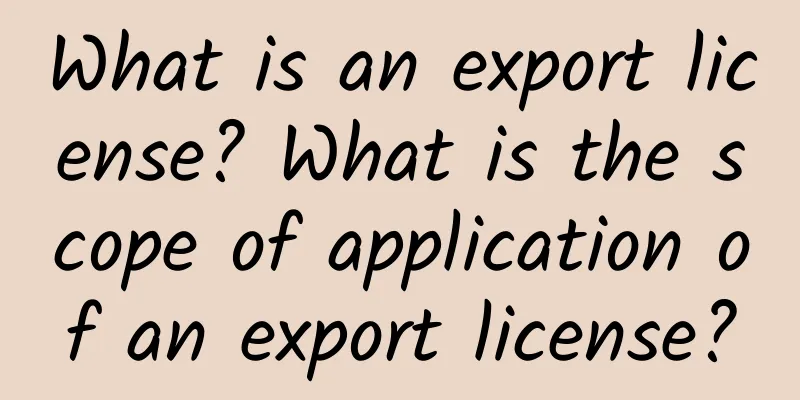
|
What is an export license? In international trade, according to the laws and regulations of a country's export control, the relevant authorities issue a certificate to allow export. The export license system is a measure for a country to implement control over its export goods. Export license refers to the license issued by the Ministry of Commerce to issue licenses to export goods subject to quantity restrictions or other restrictions in accordance with the law. Generally speaking, some countries implement export licenses for raw materials, semi-finished products and some hot-selling materials and commodities that are in short supply in the country. By issuing licenses, they control, restrict or prohibit exports to meet the needs of the domestic market and consumers and protect the national economy. In addition, some antiques and cultural relics that cannot be reproduced or regenerated are also protected by various countries and are strictly prohibited from export; according to international norms, opium and other drugs or various obscene items are also prohibited from export. What is the scope of application of the export license? For restricted export goods with quantity restrictions stipulated by the state, quota management and export quota bidding management are implemented; for other restricted export goods, licensing management is implemented. 1. The goods subject to export quota license management are: corn, rice, wheat, corn flour, rice flour, wheat flour, cotton, sawn timber, live cattle (for Hong Kong and Macao), live pigs (for Hong Kong and Macao), live chickens (for Hong Kong and Macao), coal, coke, crude oil, refined oil, antimony and antimony products, tungsten and tungsten products, zinc ore, tin and tin products, silver, indium and indium products, molybdenum, and phosphate rock. 2. The goods subject to export quota bidding are: rush and rush products, silicon carbide, talc (powder), light (heavy) burned magnesia, alumina, licorice and licorice products. 3. The goods subject to export license management are: live cattle (for markets outside Hong Kong and Macao), live pigs (for markets outside Hong Kong and Macao), live chickens (for markets outside Hong Kong and Macao), chilled beef, frozen beef, chilled pork, frozen pork, chilled chicken, frozen chicken, ozone-depleting substances, paraffin, zinc and zinc-based alloys, some metals and products, platinum (exported as processing trade), rare earths, automobiles (including complete sets of parts) and their chassis, motorcycles (including all-terrain vehicles) and their engines and frames, natural sand (including standard sand), molybdenum products, citric acid, vitamin C, penicillin industrial salt, and disodium sulfate. 4. Goods subject to border small-value trade export license management include: corn, corn flour, rice, rice flour, wheat, wheat flour, zinc ore, tin and tin products, antimony and antimony products, coal, crude oil, refined oil, tungsten and tungsten products, sawn timber, silver (including silver rough processed products), zinc and zinc-based alloys, some rare metals (including zirconium, tantalum, niobium, germanium, vanadium, bismuth, tungsten, titanium, gallium, rhenium, niobium, cobalt, beryllium, nickel, manganese, chromium, platinum, palladium, rhodium , ruthenium, iridium, osmium, ferrosilicon), rare earths, coke, molybdenum, molybdenum products, indium and indium products, natural sand, citric acid, penicillin industrial salt, vitamin C, disodium sulfate, phosphate rock, rush and rush products, silicon carbide, talc blocks (powder), fluorite blocks (powder), light (heavy) burned magnesia, alumina, licorice and licorice anchor products, ozone-depleting substances, motorcycles (including all-terrain vehicles) and their engines, frames, automobiles (including complete sets of parts) and their chassis. 5. For processing trade exports of unwrought or powdered platinum, and platinum in plate (sheet) form that are included in the "Catalogue of Prohibited Export Goods" (the first batch), the customs shall verify the export license. 6. Any commodity listed in the catalog of goods subject to export quota licenses or export license management, which has its commodity number changed due to the addition or mixing of other ingredients, or simple processing, shall be managed in accordance with the management method of the original customs commodity number. Any commodity declared for export that contains (addition or mixing) goods subject to export quota licenses or export license management (precious metals exceeding 2%, others exceeding 10%) shall be managed in accordance with the management method of goods subject to export quota licenses or export license management. If there are already management regulations that clarify this issue, it shall still be implemented in accordance with the relevant management regulations. "Simple processing" means that the processing technology or appearance of the declared export goods does not meet the requirements of the product description. It is generally applicable to the same type of goods (referring to goods made of the same materials, the same below) where primary products are managed but deep-processed products are not managed. If there are national or industry standards, the national standards and industry standards will be used as the judgment criteria; if there are no such standards, the commerce department will consult with the customs to determine. "All commodities declared for export that contain export quota licenses or commodities subject to export license management" refers to commodities declared for export that contain commodity numbers listed in the currently published catalogue of goods subject to export license management. “Contains (added or mixed)” means that the method of containing is limited to adding and mixing. "Adding and mixing" refers to the physical mixing of restricted commodities with other commodities (regardless of whether they are restricted commodities) and can be restored by physical methods such as screening. The above management regulations do not apply to commodities that have been mixed by high-temperature sintering and chemical reactions, and whose separation is irreversible (difficult to separate) or whose separation cost is far higher than the value of the original controlled commodities. "Precious metals exceeding 2%, others exceeding 10%" refers to the content standards of commodities listed in the export quota license and export license management goods catalog in the commodities declared for export. The above management regulations do not apply to commodities of the same type that are not included in the export quota license and export license management goods catalog. The above-mentioned management regulations are not applicable to penicillin industrial salt and vitamin C which are commodities under export license management. This is the end of the content about export licenses in this issue. If you want to get more information about export licenses, please pay attention and we will continue to answer you~ |
<<: What is the export tax rebate rate? What is our country's export tax rebate rate policy?
>>: Introduction to the analysis of the customs clearance form for outbound/inbound goods~
Recommend
Customer factory audit - agricultural product processing enterprises
In recent years, due to the needs of food safety,...
GOTS Global Organic Textile Certification Audit Key Points
What are the key points of GOTS global organic te...
sonar—mining Amazon real data
What is sonar? Sonar is a free Amazon keyword sea...
Otto--Germany's second largest e-commerce company
What is Otto? Otto has 9 million registered users...
NB Factory Inspection Company Profile
NB Company Profile New Balance is headquartered i...
SA8000 Certification Fees
SA8000 stands for Social Accountability 8000, a s...
How to set up eBay to attract buyers' attention?
1. Simplicity is beauty The most important of all...
What is adSage? What are the advantages of the adSage platform?
What is adSage? Beijing AdSage Technology Co., Lt...
What should I pay attention to when writing a reply email to a seller on Ebay? Are there any tips?
eBay is one of the largest C2C websites in the Un...
How much is the letter of credit fee? A complete analysis of letter of credit fees~
A letter of credit is a written document issued b...
What is Quiminet? What services does Quiminet provide?
Many sellers know that South America is one of th...
BSCI certified staff interview content
BSCI factory audits fall under the category of soc...
Xpress Lister--eBay bulk listing tool
What is Xpress Lister? Xpress Lister is eBay'...
Kaboompics - Free stock photos
What are Kaboompics? Kaboompics is a free, high-q...
ISO 9001:2015 vs ISO 9001:2008 Comparison Table
ISO 9001:2015 ISO 9001:2008 1 Scope 1 Scope 1.1 G...
